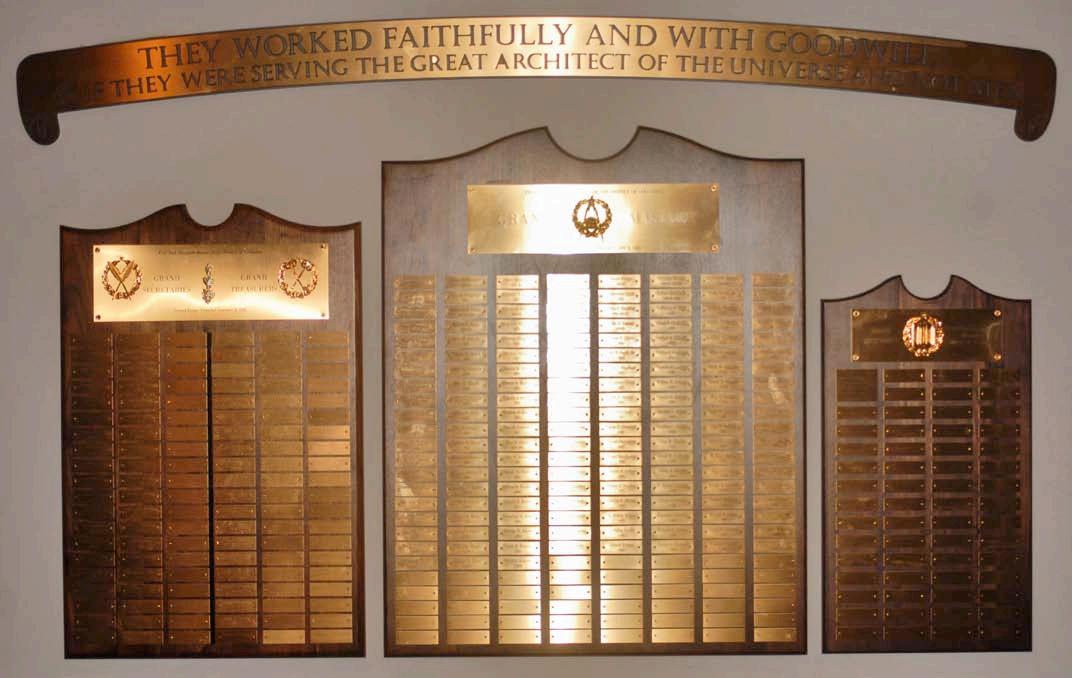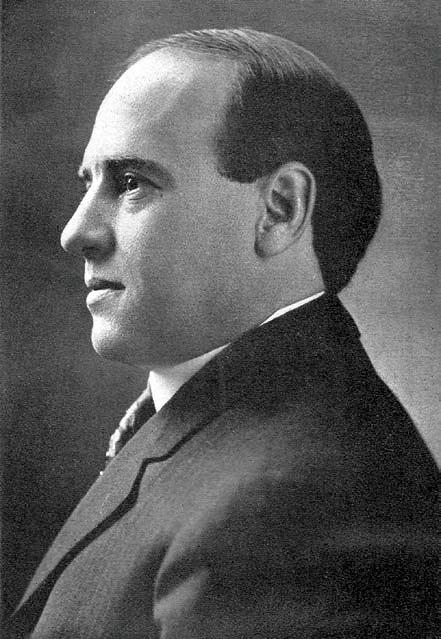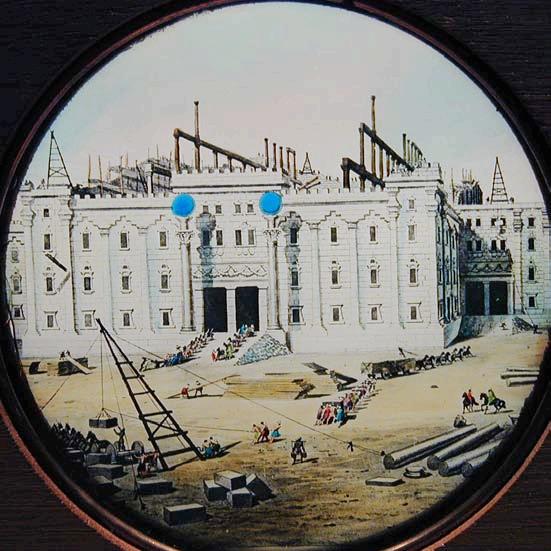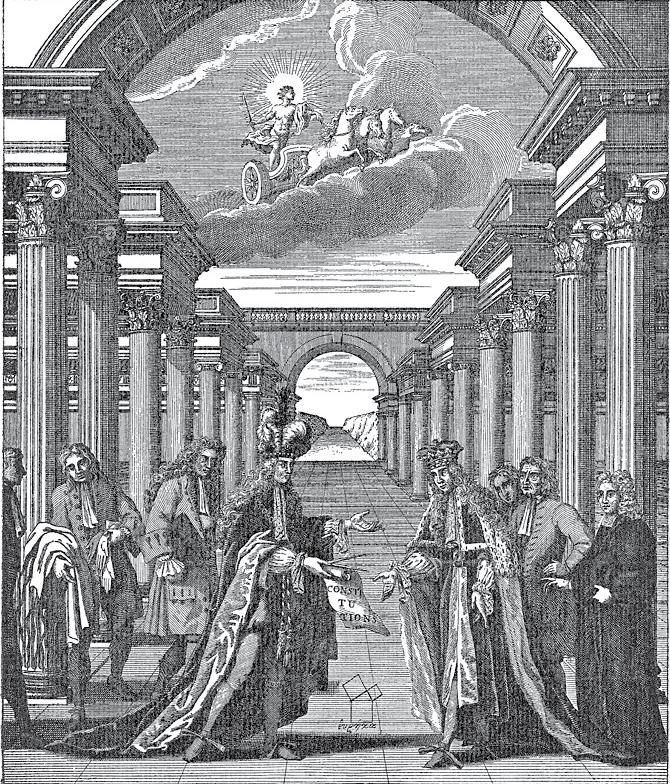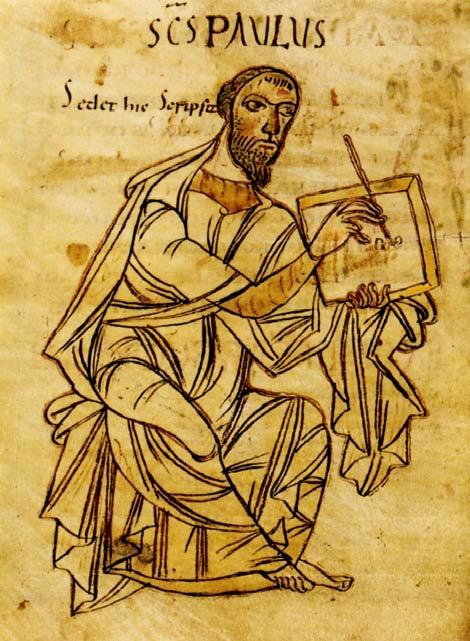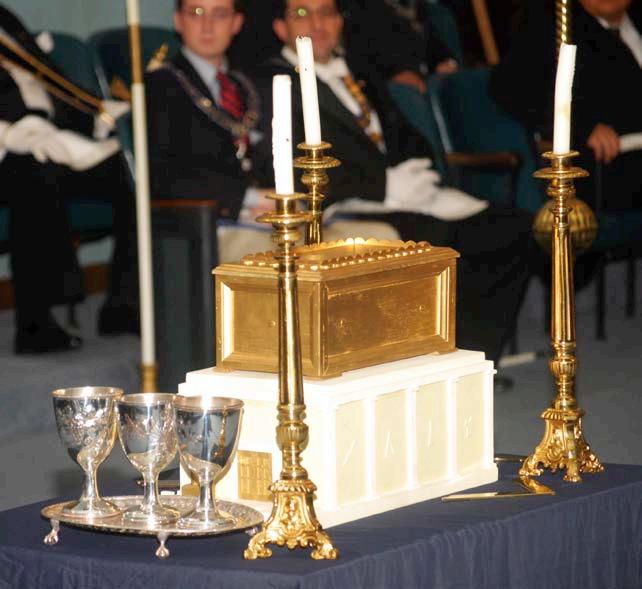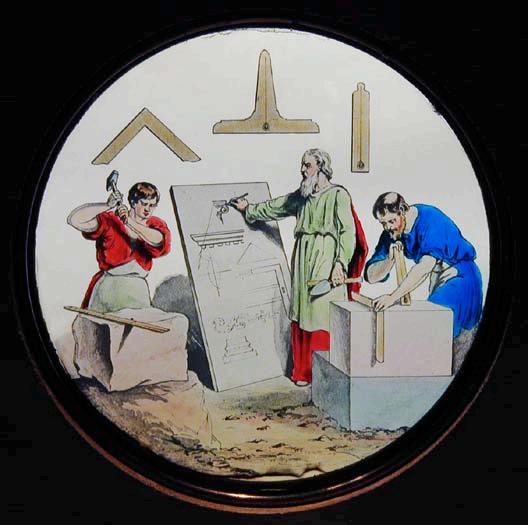the book of constitutions
The Book of Constitutions Jordan T. Yelinek, PM Magnolia Lodge No. 53
U
pon the installation of a Brother into the Oriental Chair, there are a number of presentations made to him, among which is the Book of Constitutions, a document that he is admonished to “search at all times [and] cause it to be read in… Lodge, that none may pretend ignorance of the excellent precepts it enjoins.” The book of constitutions is a common symbol to the fraternity, particularly when guarded by the Tiler’s sword, reminding us to be watchful and guarded in our actions.
ster, and later were revised for the creation of the Grand Lodge of England. In 1734 Benjamin Franklin edited and reprinted the book, making it the first Masonic publication in America. The final section of the Ancient Constitutions is the most explicit, delineating the deportment of brethren. Here we are taught that while within the Lodge, to maintain high standards for ourselves, we are not to talk of anything impertinent or unseemly, and certainly without the leave of the Master. When the business of the Lodge has been concluded the brethren are to hold civil discussions, but to avoid quarrels about religion, or nations, or state policy.
Within the Masonic Code of the District of Columbia, we find a section that refers to the Ancient Constitutions, which states that they are “to be read at When together the making of new as brethren away Brethren, or when from the Lodge, the Master shall and in the presence order it.” It also of strangers, we are provides guidance taught to be cauto the brethren tious in our words for the rule and and actions, being governance of the particularly attenCraft, spanning the tive never to let The frontispiece of Anderson’s Constitutions (1723) breadth of topics fall the least sign, from God and Relitoken, or word gion, Civil Magistrates, Lodge, Master and Warden, whereby the secrets of Freemasonry may be unlawManagement of the Craft, and suggestions to regulate fully obtained. of a brother’s behavior, while in the Lodge and while abroad in the world. The closing clause recommends the cultivation of brotherly love as “the foundation and capstone, the These Ancient Constitutions, sometimes called the cement and glory of this ancient fraternity.” It forbids Anderson Constitutions, named so for their pubslander and enjoins defense of the character of an lisher, Rev. James Anderson, were first collected in honest brother. Ultimately, the Ancient Constitutions 1723 for the Grand Lodge of London and WestminThe Voice of Freemasonry
20


